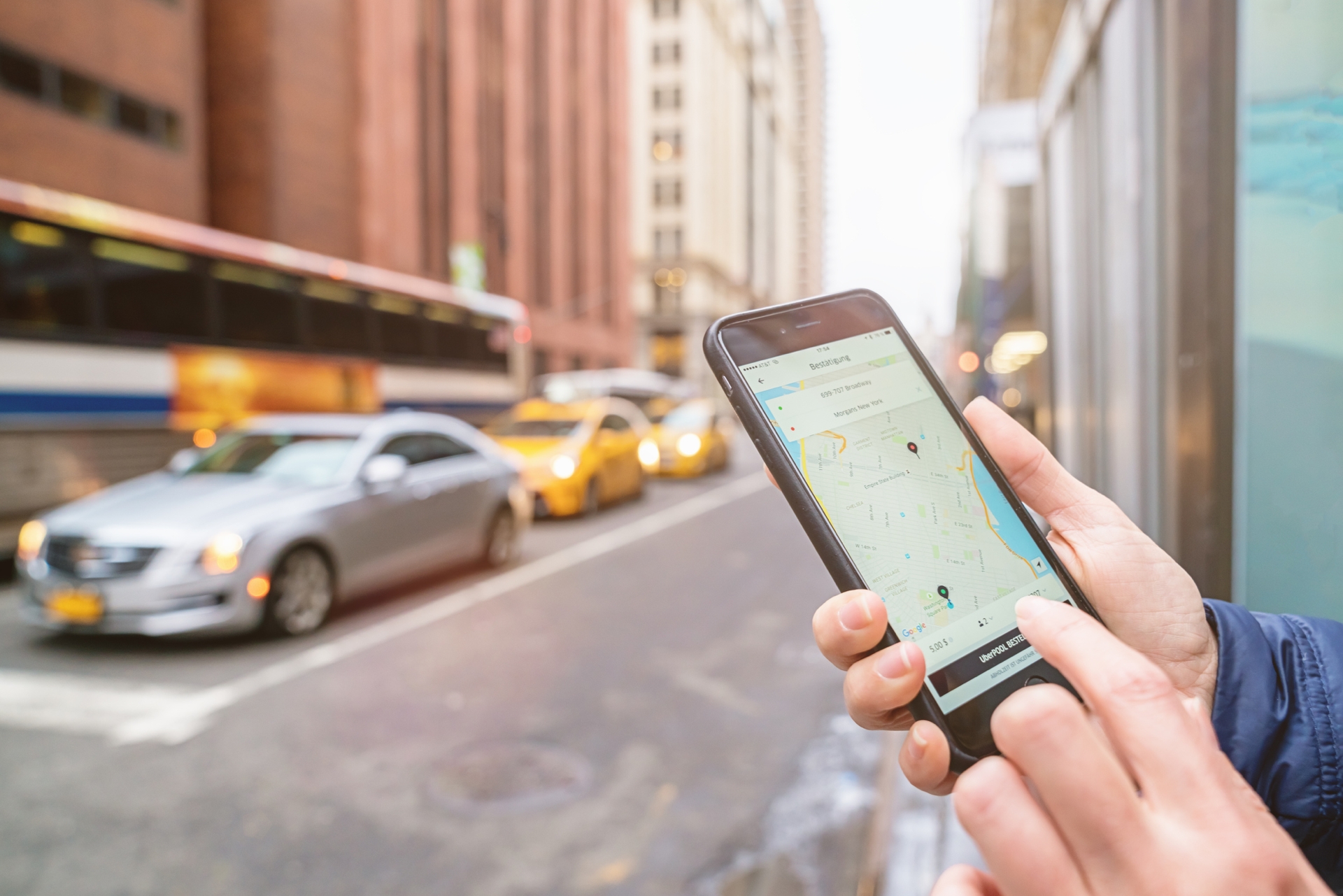January 19, 2018
 The takeoff of ride-hailing services such as Uber and Lyft has created challenges for cities. While consumers generally find them convenient and easy to use, they can take people away from using public transportation, add more congestion to city streets and generally cost more to residents.
The takeoff of ride-hailing services such as Uber and Lyft has created challenges for cities. While consumers generally find them convenient and easy to use, they can take people away from using public transportation, add more congestion to city streets and generally cost more to residents.
Ride services may seem like a good alternative to using your own car, but they tend to compete more with public transportation. According to a recent study out of UC Davis Institute of Transportation Studies, public transportation is used less in major cities when their residents adopt ride-hailing services such as Uber and Lyft. Rather than walking, bicycling or taking public transportation, they’re catching a ride on one of these services. How will cities respond to fewer riders on public transportation? Will fares increase? Will they reduce number of routes and/or frequency?
With fewer people walking or biking and taking car services, this leads to more cars on city streets. New York City has definitely felt this increased congestion with the explosion of ride-hailing services. According to the Taxi and Limousine Commission, currently there are 68,000 vehicles affiliated with ride-hailing app companies, 65,000 with Uber alone. City law caps the number of yellow taxis at a little below 13,600. In 2013, there were 47,000 vehicles for hire in total on the roads. All this car traffic has slowed the roads down to an average of 4.7 miles per hour – a drop from 6.5 miles per hour five years ago, according to the New York Times. Not only does this cause frustration for city dwellers, with more cars on city streets, the risk of accidents increases and air pollution get worse.
Cities and states have begun to take action to regulate ride-hailing services. New York State is working on a congestion-pricing plan to reduce traffic in Manhattan that might include a new per-ride fee passengers of for-hire vehicles will have to pay. The hope would be to reduce the number of vehicles on city streets, and as a benefit, the funds would raise money to modernize the New York City subway system.
For Norwalk and Connecticut residents, new rules for ride-hailing services have taken effect in Connecticut this year. For example, these services now have to register with the Department of Transportation (DOT) and pay state fees each year. Drivers must be given background checks have $1 million in liability insurance coverage once a passenger gets in the vehicle. This makes Connecticut the 43rd state with a law that regulates ride-sharing companies. While certainly this law will make ride-sharing services safer for riders, it doesn’t tackle the issues of congestion and public transportation – issues that may become more of a problem as these vehicle-for-hire services get more popular.
1 The New York Times,: https://www.nytimes.com/2017/12/26/nyregion/uber-car-congestion-pricing-nyc.html?smprod=nytcore-ipad&smid=nytcore-ipad-share
http://money.cnn.com/2017/10/11/technology/future/ride-hailing-cities-public-transit/index.html
http://schallerconsult.com/rideservices/unsustainable.htm
https://steps.ucdavis.edu/new-research-ride-hailing-impacts-travel-behavior/




